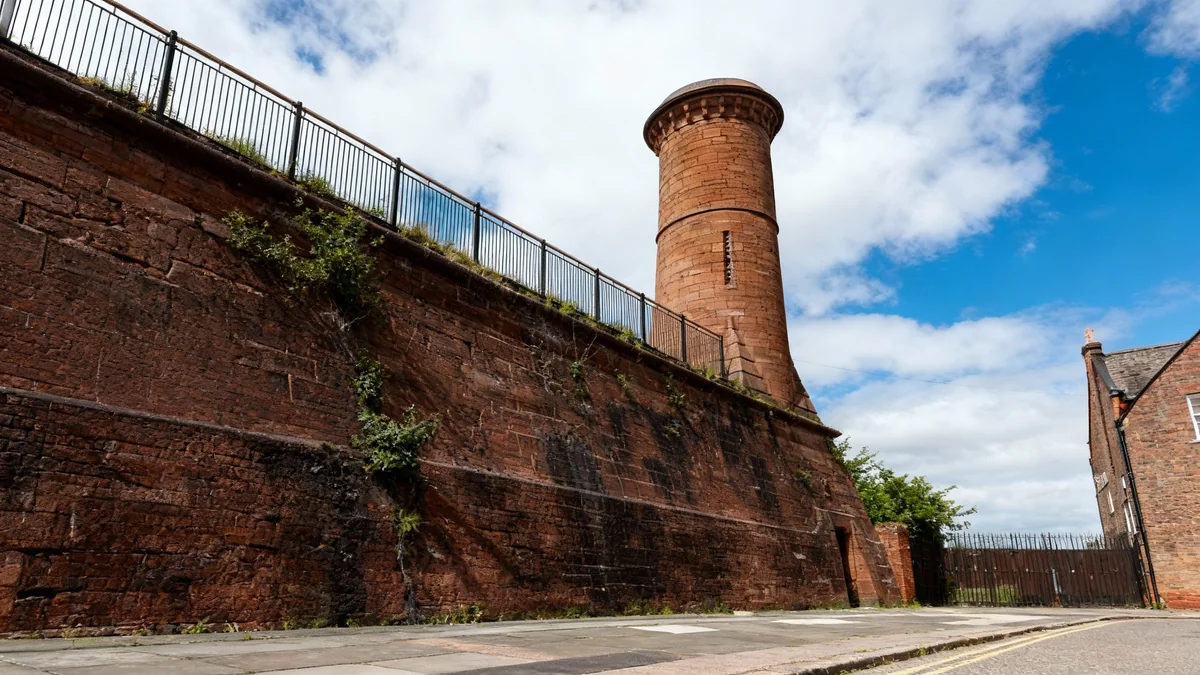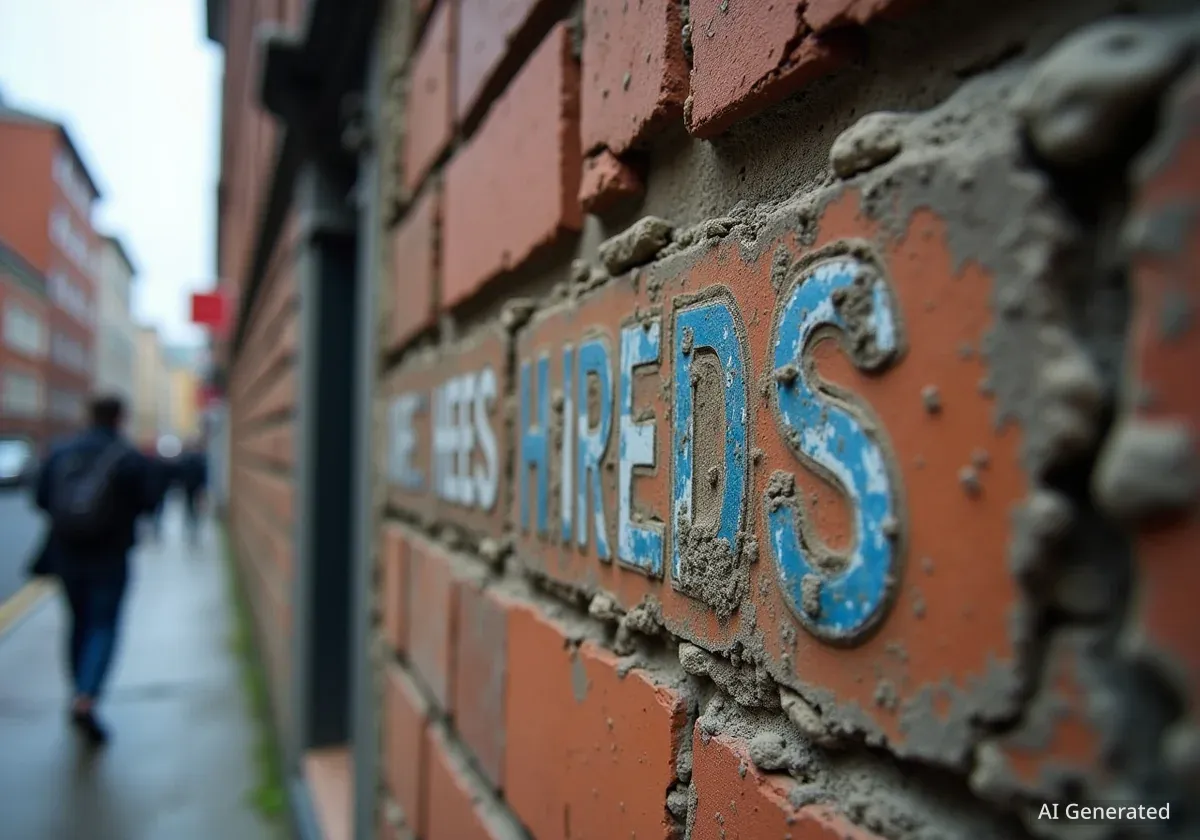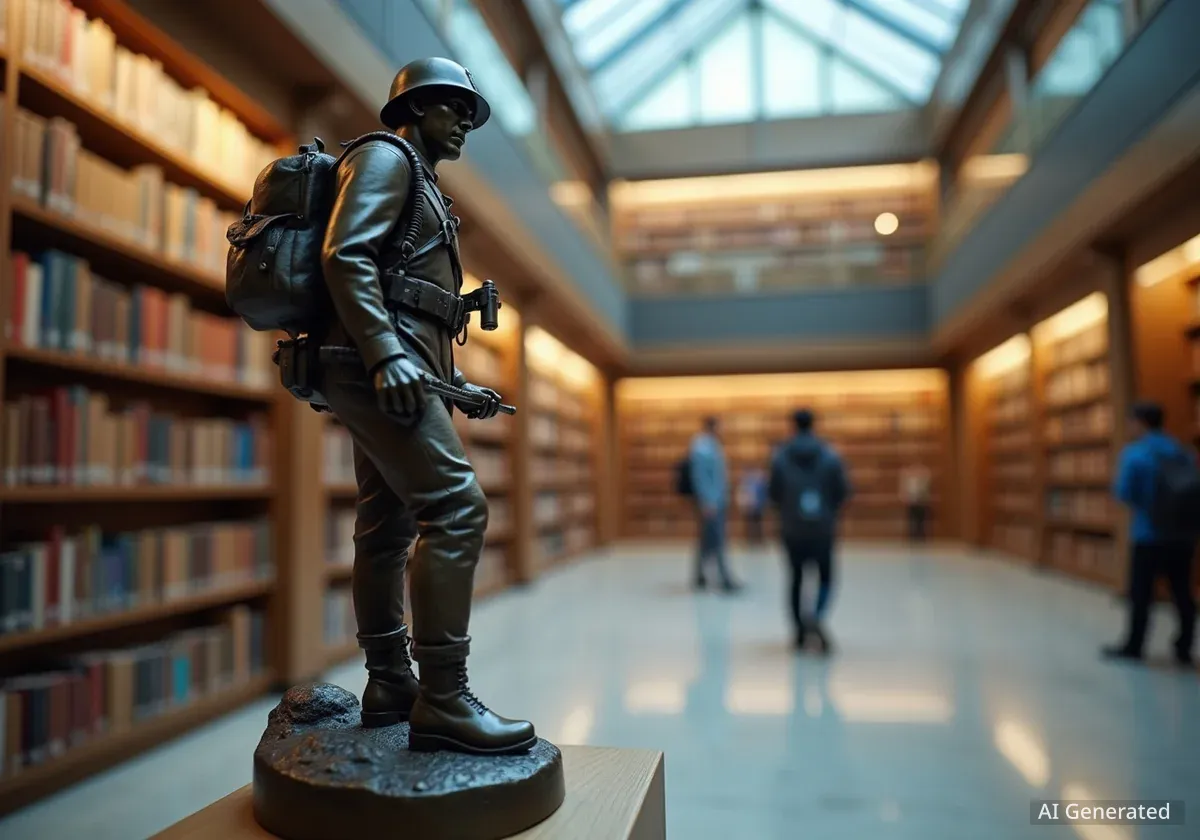A full-scale, historically accurate replica of a 17th-century Spanish galleon, the Galeón Andalucía, has arrived in Liverpool. The impressive vessel docked at Canning Dock on Thursday, September 25, and will remain open to the public as a floating museum until Sunday, October 5.
Visitors have the unique opportunity to step back in time and explore five decks of maritime history. The ship will be accessible daily from 10 am to 8 pm, offering an immersive look into the age of oceanic exploration and trade.
Key Takeaways
- What: The Galeón Andalucía, a faithful replica of a 17th-century Spanish galleon, is visiting Liverpool.
- Where: The ship is currently docked at Canning Dock, part of the historic Royal Albert Dock complex.
- When: It is open to the public from its arrival on September 25 until Sunday, October 5.
- Visiting Hours: The floating museum is open daily from 10 am to 8 pm.
- Experience: Visitors can explore five decks featuring historical exhibits and interact with the modern-day crew who live and work on board.
A Spectacle on the Mersey
The arrival of the Galeón Andalucía provided a striking visual contrast against Liverpool's modern skyline. The wooden-hulled ship, with its towering masts and intricate rigging, was photographed by many residents as it sailed past landmarks like the New Brighton lighthouse and the iconic Liver Building before making its way to Canning Dock.
Its presence offers a tangible connection to a bygone era of maritime adventure, bringing a piece of the 1600s to the heart of a city renowned for its own rich seafaring heritage. The vessel's docking is a significant cultural event for Liverpool, attracting history enthusiasts, families, and tourists alike.
A Floating Piece of History
The Galeón Andalucía is not just a model; it is a fully functional sailing ship. It is a replica of the vessels used by the Spanish Crown during the 16th to 18th centuries. These galleons were the workhorses of their time, facilitating vast trade routes and connecting continents in the Age of Discovery.
Exploring the Floating Museum
The public is invited to board the galleon for a self-guided tour that spans five of its decks. This experience is designed to be both educational and interactive, allowing visitors to roam freely and discover the vessel's secrets at their own pace.
Onboard, a series of exhibits, historical documents, videos, and projections detail the life of sailors and the mechanics of 17th-century navigation. The displays provide context on the historical period, the construction of these magnificent ships, and the perilous journeys they undertook.
Life Onboard: Past and Present
One of the most compelling aspects of the visit is the opportunity to interact with the current crew. These are real sailors who live and work on the Galeón Andalucía, navigating it across the world's oceans using a blend of traditional techniques and modern technology.
Speaking with the crew offers a direct insight into the challenges and realities of managing a historical replica ship in the 21st century. Visitors can ask questions about navigation, daily routines, and the history of the vessel they help maintain.
Impressive Dimensions
To appreciate the scale of the Galeón Andalucía, consider its specifications. The ship measures approximately 55 meters (180 feet) in length. It features three masts and seven sails, requiring a skilled crew to manage its complex rigging, much like their historical counterparts.
The Legacy of the Spanish Galleons
The original galleons that the Galeón Andalucía replicates were instrumental in establishing some of the first global trade routes. They were the primary vessels of the legendary Spanish treasure fleets, or Flota de Indias, which operated for nearly three centuries.
These fleets conducted inter-oceanic trade, primarily between Spain, the Americas, and the Philippines. They transported immense quantities of goods, including silver from mines in Potosí (modern-day Bolivia) and Mexico, gold, gems, spices, silks, and porcelain.
The Fleets of the Indies
The routes were incredibly challenging and dangerous, facing threats from pirates, privateers, and severe weather. The galleons were designed as multi-purpose ships, built to be sturdy enough to carry heavy cargo while also being armed with cannons for defence.
- Cargo: Transported valuable goods like silver, gold, spices, and silk.
- Routes: Connected Spain with its territories in the Americas and Asia.
- Design: Built for both trade and combat, featuring high castles at the bow and stern.
- Impact: These fleets fueled the Spanish Empire's economy and had a profound impact on global trade.
The exhibits on the Galeón Andalucía delve into this history, explaining the economic and cultural significance of these epic voyages. Visitors can learn about the navigational tools used, the types of cargo carried, and the strategic importance of the fleets.
A Unique Attraction for Liverpool
The temporary installation of the Galeón Andalucía at Canning Dock provides a unique educational and cultural attraction for the city. Its location within the Royal Albert Dock complex, itself a UNESCO World Heritage site celebrated for its maritime mercantile history, creates a powerful historical parallel.
The visit offers a hands-on history lesson, allowing people to physically walk the decks of a ship type that shaped the course of global history. It serves as a reminder of the central role that sailing vessels and port cities like Liverpool played in connecting the world.
For the duration of its stay until October 5, the galleon is expected to be a popular destination. The extended opening hours from 10 am to 8 pm are designed to accommodate a large number of visitors, providing ample opportunity for everyone to experience this remarkable piece of living history.





